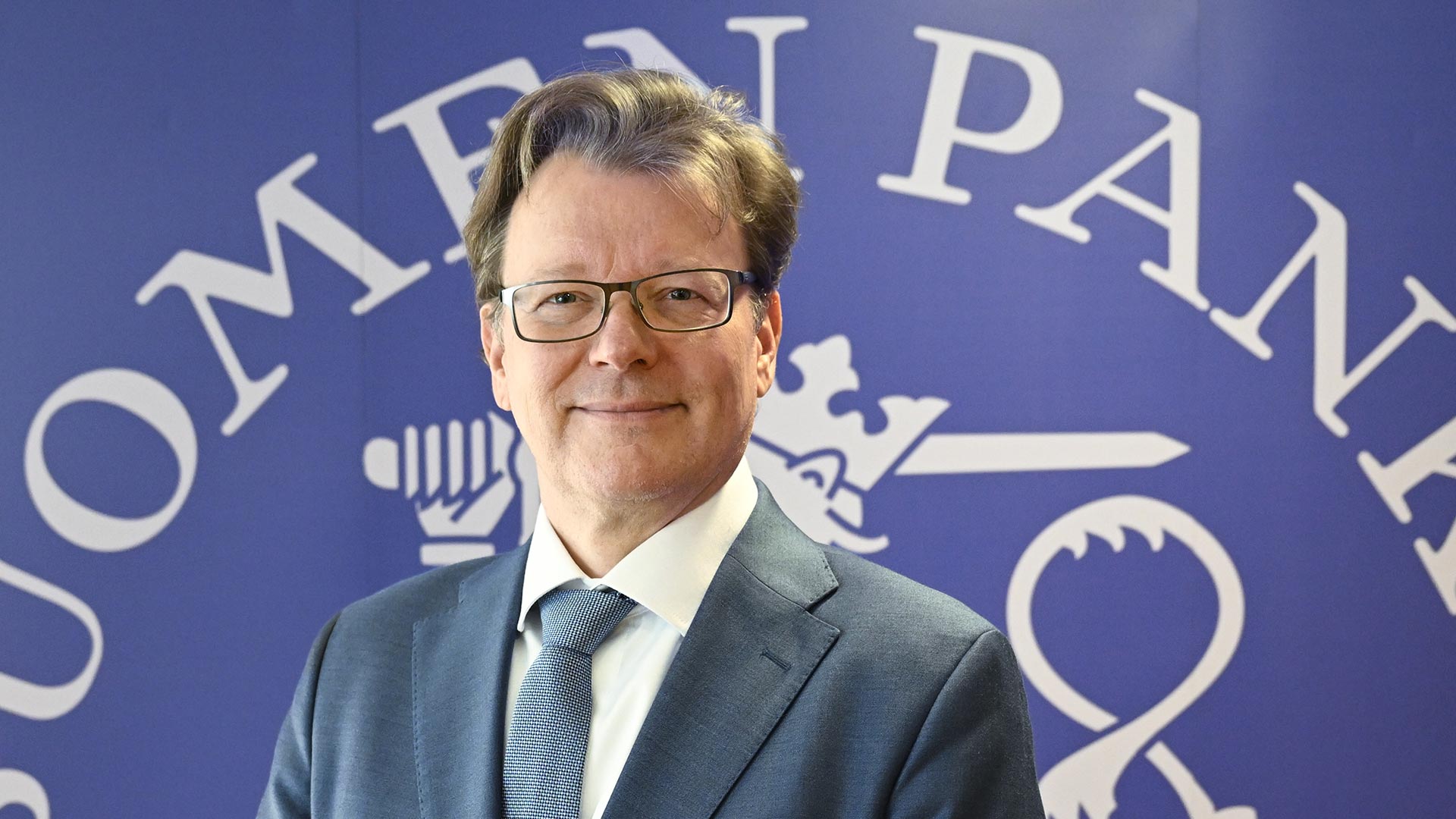The Payment and Settlement System Simulator Seminar has grown into a unique forum for both users and researchers
Member of the Board Tuomas Välimäki opened the 23th Payment and Settlement System Simulator Seminar on 28th August 2025 in Helsinki.

Dear colleagues, dear friends,
It is my great pleasure to welcome you all to the 23rd Simulator Seminar here in Helsinki.
I am Tuomas Välimäki. Since 2018, I have served as a Member of the Board of the Bank of Finland, with responsibility, among other things, for Payment systems. Before joining the Board, I spent almost a quarter of a century in various roles at the Bank. This has given me a broad perspective on monetary policy, financial stability, as well as market operations and infrastructures.
With this background, I fully appreciate the value of computational models in economic and financial analysis. Whether we are assessing the impact of new tariffs on the Finnish or euro area economy, or exploring broader systemic developments, we need to rely on robust analytical tools. Yet models alone are not enough. We must take a holistic perspective, we need to understand the broader context, analyze interdependencies, and identify systemic effects. Simulation tools and infrastructure data are crucial in this quest.
Simulation, at its core, is about representing real-world processes in a safe and cost-effective way. From flight simulators to military training and even climate modelling, simulation enables us to explore complex and risky scenarios without real-world consequences. Payment and settlement system simulators are part of this family. Thanks to advances in computing power and accessibility, they allow us to study system dynamics under stress, assess liquidity needs, and test the implications of new settlement mechanisms safely, effectively, and at a relatively low cost.
The first simulator seminar was held in 2003, just one year after the physical euro was introduced as the common legal tender in 12 countries. At that time, key research questions related to the impact of the transition to the forthcoming TARGET2 payment system that was to replace our national BOF-RTGS. To ensure a smooth transition, we opted to simulate the process. This led to the launch of the first generic BoF Simulator in 2004, and four years later, to a successful integration into TARGET2. Over time, TARGET2 has evolved into T2 Services, and likewise the BoF Simulator has advanced into the Simulation Tool. Most recently, this Tool was used in a Europe-wide stress test of the payment systems. To me this was an excellent example of the Tool’s success.
Also, the annual simulator seminar has grown into a unique forum for both users and researchers. It not only showcases the latest developments but also fosters the exchange of ideas and experiences across the community. I hope this seminar offers valuable support for the practical application of the BoF Simulator. I encourage you to take full advantage of this opportunity: ask questions, challenge assumptions, and share your insights throughout the sessions.
We are also looking ahead. After almost a quarter of a century with similar events, the time might be ripe for something new. Should we refocus these seminars? For example, shouldn’t we try to integrate them more closely with other topical issues in central banking, like CBDCs or the level of excess liquidity in the banking sector? Digital euro or US dollar stable coins are hot topics wherever central bankers meet these days. Everyone agrees that they might reshape payment flows, but opinions differ on how and to what extent this happens. Maybe simulation tools can shed some light on this.
Similarly, after the end of large-scale asset purchases central bank balance sheets have been shrinking across the world. We know that interbank flows shifted significantly when banking sectors moved from balanced liquidity conditions to abundant reserves. I believe most of us would agree there will be major changes in the interbank flows as we return towards neutral liquidity levels, but we would probably disagree where the new normal lies. Again, simulation tools could prove particularly valuable in this type of analysis.
During tonight’s dinner at the Bank of Finland’s Villa, we will invite you to an open discussion on the role and positioning of this seminar among other events in the field. Your views will be essential in shaping the concept, its future direction, and ensuring it continues to serve the needs of its community.
Finally, let me extend my sincere thanks to all the speakers, discussants, and colleagues who have made this seminar possible. I wish you a rewarding and insightful seminar, and a very pleasant stay here in Helsinki.
Thank you!